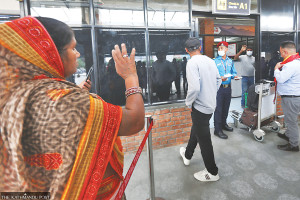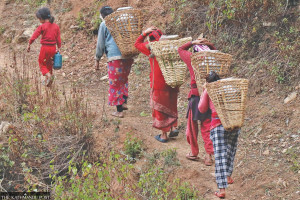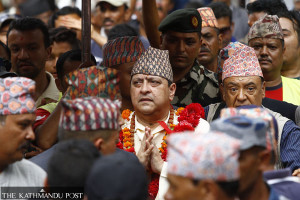 15.12°C Kathmandu
15.12°C KathmanduMoney
Large cardamom farming in Parbat gets govt boost
The gov.ernment is all set to expand large cardamom farming in Parbat after conducting successful tests in different villages. Around one hundred hectares have been earmarked for large cardamom farming and is expected to start within a year.
Agandhar Tiwari
The gov.ernment is all set to expand large cardamom farming in Parbat after conducting successful tests in different villages. Around one hundred hectares have been earmarked for large cardamom farming and is expected to start within a year.
The District Agriculture Office (DAO) has distributed nearly 200,000 plants of cardamom as per the demand of various farmers and cooperatives.
The first successful initiative of cardamom farming in local forest was undertaken five years ago by the lahures of Mahashila, in Voksing. That initiative helped expand cardamom farming to different places in Parbat. This year, the DAO plans to expand cardamom farming by 100 hectares, a significant increase compared to last year’s 20 hectares.
According to Agriculture Development Officer, Basudev Regmi, the DAO distributed 180,000 plants in the second half of last month. He said, “Cardamom farming has been expanded on the basis of last year’s demand. Around 100,000 plants have been purchased from local plant nurseries.” He said that 2200 plants can be planted in one hectare of land.
DAO informs that cardamom farming has begun in Voksing, Deupur, Bhangara and Thapathana of Parbat this year. Mukti Chhetri, a farmer from Bhangara said that cardamom plants will start to yield cardamom just three years after plantation and provide regular income for 30 years.
Narayan Gurung, a farmer from Voksing said that a farmer can generate neraly Rs5.5 million per hectare of cardamom if yields hit 5kg of cardamom per plant. “Last season, we didn’t sell cardamom due to low prices. Now the price has gone up to Rs3000 per kg,” said Gurung.
Agriculture technicians claim that the geography of Parbat is favourable for farming of different types of cardamom; Ramsahi and Golshahi. “The altitude of 800 to 1600 metres are suitable for Ramsahi while Golshahi is favourable at places with an altitude of more than 2100 metres,” said Regmi.
Developing Voksing as a hub for commercial farming of cardamom was started last year under the Prime Minister Agriculture Modernisation Project. The project, which began from the last fiscal year, has kept cardamom farming as a priority.
Nepal is the largest producer of large cardamom, accounting for 68 percent of the global production, followed by India and Bhutan. Cardamom is produced mainly in the eastern hills in Nepal. Outside Nepal, the spice is grown in Sikkim, Darjeeling and Bhutan. Large cardamom was first introduced in Ilam from Sikkim in 1865.
Ilam, Panchthar, Taplejung, Sankhuwasabha, Terhathum, Bhojpur and Dhankuta districts are the major large cardamom producing districts in Nepal.
Cultivation of the spice has now spread to more than 38 districts. Taplejung is the top producer of the spice with an annual output of 2,400 tonnes worth Rs6 billion.
Large cardamom makes a sizeable contribution to Nepal’s foreign exchange earnings.
According to government statistics, Nepal exported large cardamom worth Rs4.61 billion in the fiscal year 2015-16. In the fiscal year 2014-15, shipments totalled Rs3.83 billion




.jpg)
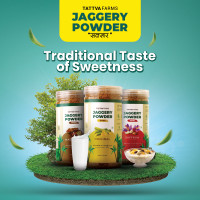


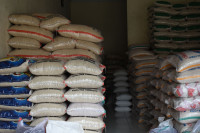
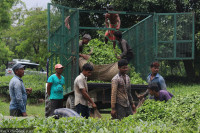
.jpg&w=200&height=120)

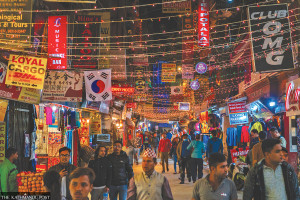
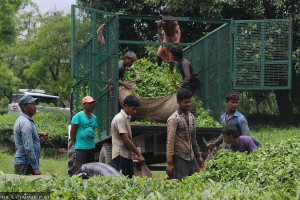
.jpg&w=300&height=200)
